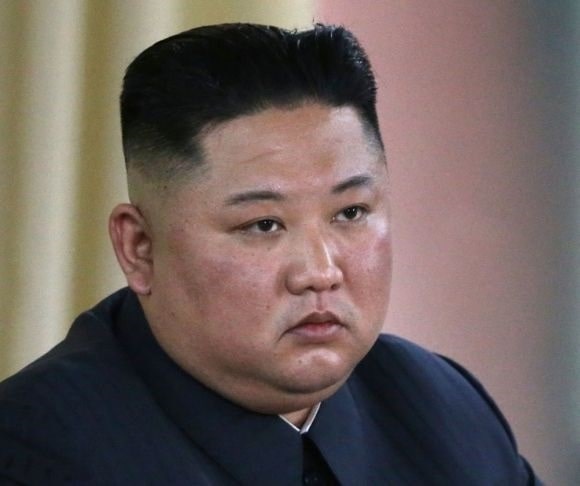China and North Korea remain the two major Indo-Pacific threats in the 2022 National Defense Strategy fact sheet. But North Korea actively demonstrates the menace it is with long- and short-range missile tests and preparations to resume nuclear testing. The most recent test involved two short-range, nuclear-capable tactical guided missiles. The new rocket is designed to enhance Pyongyang’s reach, including to US military bases and key installations in South Korea.
 Never shy about revealing why his nation is the pariah of the Pacific, the rogue republic’s President Kim Jong-un expressed delight in a recent successful trial run of two rocket-propelled weapons, designated KN-23s or KN-24s, which flew a little less than 70 miles and reached a height of about 80,000 feet. The distance put the capital of South Korea at risk and subject to nuclear extortion. There is a belief the tactical missile tryout was a tit-for-tat response to an annual US-South Korea combined military exercise scheduled to begin April 18.
Never shy about revealing why his nation is the pariah of the Pacific, the rogue republic’s President Kim Jong-un expressed delight in a recent successful trial run of two rocket-propelled weapons, designated KN-23s or KN-24s, which flew a little less than 70 miles and reached a height of about 80,000 feet. The distance put the capital of South Korea at risk and subject to nuclear extortion. There is a belief the tactical missile tryout was a tit-for-tat response to an annual US-South Korea combined military exercise scheduled to begin April 18.
“The drills consist largely of computer simulations and are said to be defensive in nature. But North Korea has condemned all of the two allies’ joint exercises as rehearsals for invasion and has often responded to them with weapon tests,” New York Times journalist Choe Sang-Hun explained. However, Choe added, “North Korea has rarely been as busy with missile tests as it has in the last three months.”
On March 24, Pyongyang fired the Hwasong-17 Intercontinental Ballistic Missile (ICBM), its largest, longest-range missile. Reports revealed that it could achieve a range of about 9,300 miles, putting the entire continental United States at risk.
The March launch of the North Korean ICBM was the first since 2017 when ground-breaking direct talks began between Kim and President Donald Trump. In response to the Trump olive branch, Kim imposed a moratorium on nuclear and ICBM testing after the national leaders came to a somewhat tenuous understanding. North Korean leadership refrained from provocative missile testing and did not substantially increase the DPRK’s nuclear infrastructure until the Biden administration took office.

Kim Jong-un (Photo by Mikhail Svetlov/Getty Images)
Many regional experts predict Kim will resume nuclear weapons testing soon. One indicator is satellite photographs showing the rebuilding and renovation of the Punggye-ri nuclear test site. “One possibility is that North Korea plans to bring the test site back to a state to resume nuclear explosive testing,” a recent Center for Non-Proliferation Studies report concluded, as reported in The Guardian. Early estimates suggest it could take months or possibly years. However, a more aggressive approach could reduce restoration time to a month.
“The United States and South Korea would maintain the ‘strongest possible joint deterrent’ over North Korea’s ‘escalatory actions,’ the US envoy on North Korea said on Monday [April 18], amid concerns that Pyongyang was preparing to resume nuclear testing,” Reuter’s journalists Hyonhee Shin and Josh Smith reported. The US Special Representative for North Korea Sung Kim did not explain what the “strongest possible joint deterrent” might be. South Korea relies on US nuclear-capable bombers like the B-2 Spirit and submarines located off the Korean peninsula to provide a nuclear deterrent umbrella.
North Korea remains a menace to its regional neighbors and the United States. Continuous testing of the Kim government’s variety of short- and long-range nuclear-capable missiles is a dangerous signal. The United States and its Pacific allies must present an undeniably strong bulwark against Kim.
The views expressed are those of the author and not of any other affiliation.




